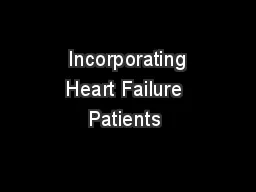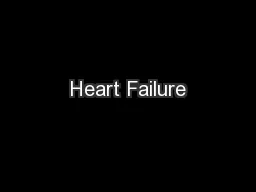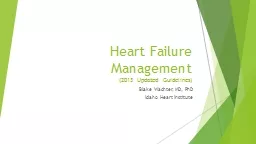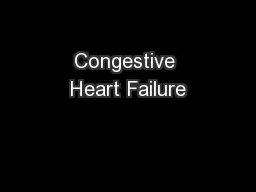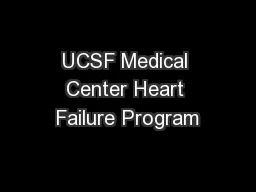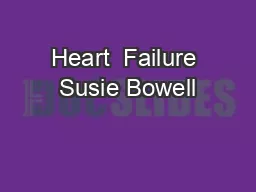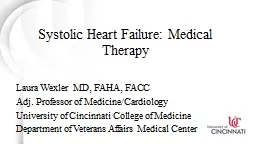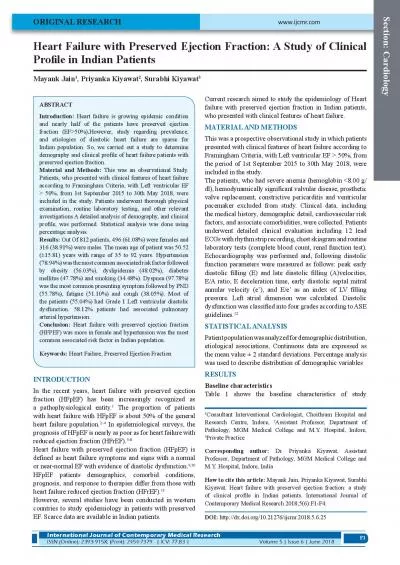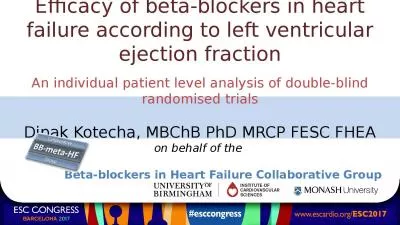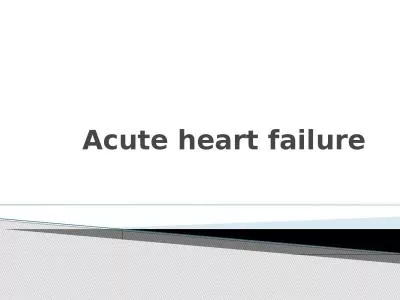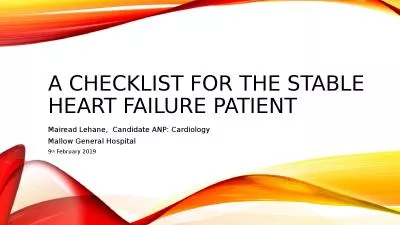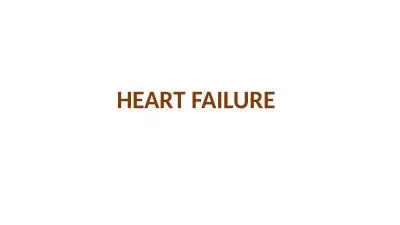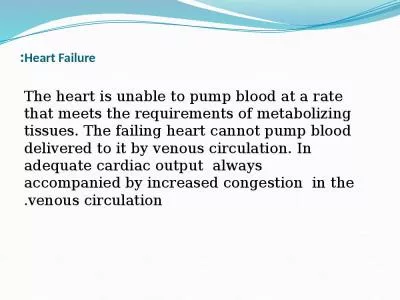PPT-Incorporating Heart Failure Patients
Author : alexa-scheidler | Published Date : 2020-04-10
into Cardiac Rehabilitation Kentucky Cardiac Rehabilitation Association 2015 Annual Meeting Lynne Hamilton Weir PT CYT List risk factorscauses of HF and discuss
Presentation Embed Code
Download Presentation
Download Presentation The PPT/PDF document " Incorporating Heart Failure Patients " is the property of its rightful owner. Permission is granted to download and print the materials on this website for personal, non-commercial use only, and to display it on your personal computer provided you do not modify the materials and that you retain all copyright notices contained in the materials. By downloading content from our website, you accept the terms of this agreement.
Incorporating Heart Failure Patients : Transcript
Download Rules Of Document
" Incorporating Heart Failure Patients "The content belongs to its owner. You may download and print it for personal use, without modification, and keep all copyright notices. By downloading, you agree to these terms.
Related Documents

